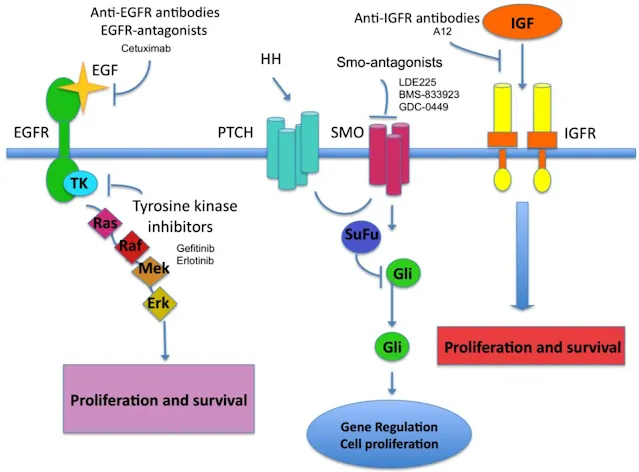Introduction
Skin cancer is a prevalent condition that affects millions of people worldwide. While prevention and early detection are crucial, understanding the available treatment options is equally important. In this article, we will delve into the various treatment methods used for skin cancer, emphasizing the importance of early intervention and personalized care.
1. Surgical Procedures
a. Excision: The most common treatment for skin cancer, excision involves removing the cancerous tissue along with a margin of healthy skin. This method is effective for most types of skin cancer and ensures complete removal.
b. Mohs surgery: Particularly useful for skin cancers with ill-defined borders or those in cosmetically sensitive areas, Mohs surgery involves removing layers of cancerous tissue until no cancer cells remain. This precise technique minimizes healthy tissue removal and maximizes cure rates.
2. Radiation Therapy
Radiation therapy uses high-energy X-rays to destroy cancer cells. It is often used as an alternative to surgery or in combination with other treatments. This method is suitable for patients who cannot undergo surgery or have recurring or advanced skin cancer.
3. Topical Treatments
a. Chemotherapy creams: Topical chemotherapy creams are applied directly to the skin to kill cancer cells. They are effective for superficial skin cancers and precancerous lesions.
b. Immunotherapy creams: Immunotherapy creams stimulate the immune system to recognize and destroy cancer cells. They are commonly used for superficial basal cell carcinoma and actinic keratosis.
4. Cryotherapy
Cryotherapy involves freezing cancer cells with liquid nitrogen. It is primarily used for precancerous lesions and superficial skin cancers. The procedure is quick and requires minimal downtime.
5. Targeted Therapy
Targeted therapy uses drugs that specifically target cancer cells' genetic mutations or proteins. It is primarily used for advanced or metastatic skin cancer. Targeted therapy has shown promising results, particularly for melanoma.
6. Photodynamic Therapy (PDT)
PDT involves applying a photosensitizing agent to the skin, which is then activated by light. This treatment selectively destroys cancer cells while preserving healthy tissue. PDT is commonly used for superficial basal cell carcinoma and actinic keratosis.
Read also: Skin Cancer: Epidemiology, Etiology, Types, Causes, Prevention, and Management Strategies
Conclusion
Skin cancer treatment options have significantly advanced in recent years, offering patients a range of effective and personalized approaches. Early detection, prompt treatment, and regular follow-ups are crucial for successful outcomes. If you notice any suspicious changes on your skin, consult a dermatologist promptly for a thorough evaluation and appropriate treatment plan. Remember, prevention and early intervention are key in combating skin cancer and ensuring long-term skin health.







Post a Comment
Full Name :
Adress:
Contact :
Comment: